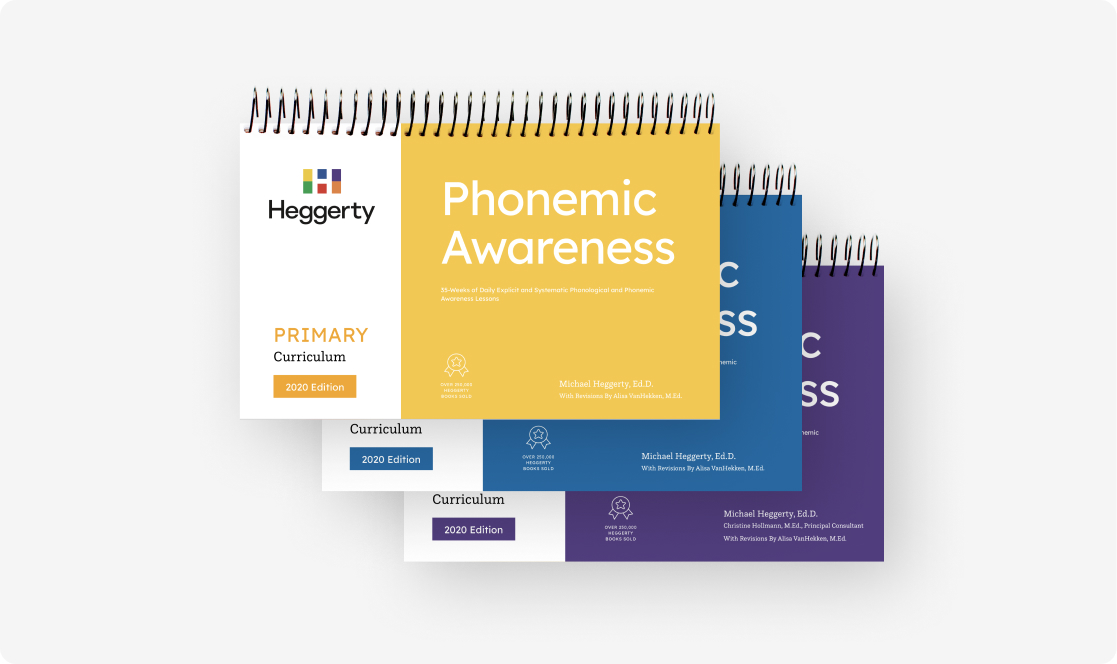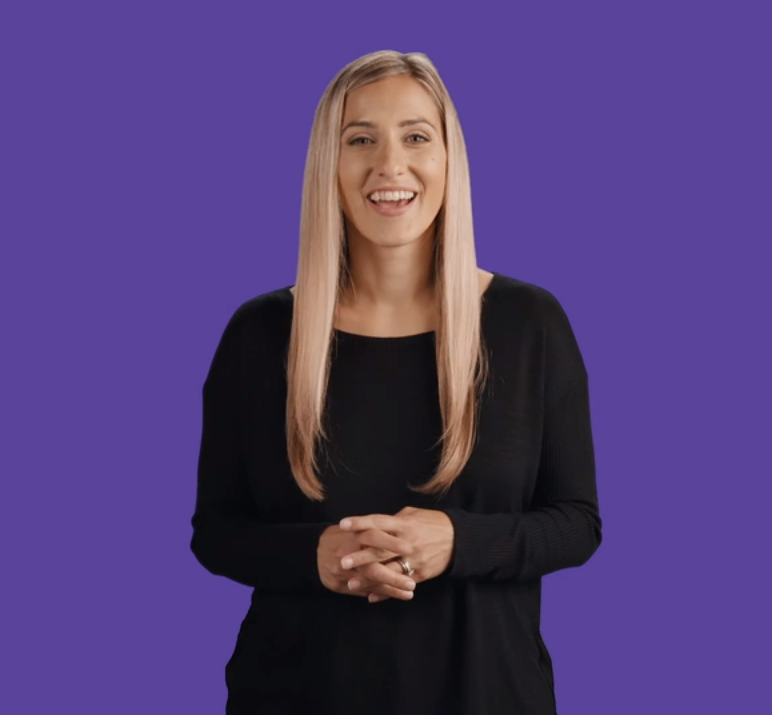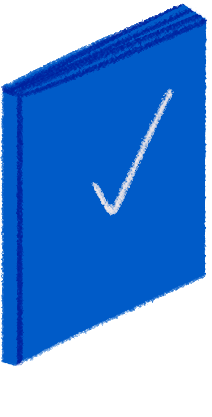What is Phonemic Awareness?
Phonemic awareness is the ability to understand that spoken words are made up of individual sounds called phonemes, and it’s one of the best early predictors for reading success.
65%
of 4th graders and 66% of 8th graders are reading below a proficient level, according to 2019 NAEP scores.
95%
of elementary students are capable of learning to read when they receive sufficient instruction on foundational reading skills.
99%
of teachers surveyed said Heggerty meets or exceeds their expectations when it comes to having a positive impact on learning outcomes
Do all students need instruction in Phonemic Awareness?
Phonemic awareness is essential in teaching students to be automatic decoders of print. The Heggerty Phonemic Awareness Curriculum provides students with consistent and repeated instruction, and this transfers to developing a student’s decoding and encoding skills.
All students participate in the lessons as part of the Tier 1 curriculum in preschool, kindergarten, 1st grade, and some 2nd grade classrooms. Students in 2nd grade and above may still be developing phonemic awareness skills and may benefit from instruction in the areas of blending segmenting, substituting, and deleting phonemes.
The National Reading Panel found more than 50 studies verifying that explicitly teaching phonemes was one critical component of effective reading and spelling instruction. (Moats, 2012)
What separates Heggerty Phonemic Awareness from other literacy curricula?
Our lessons are designed to provide daily instruction in eight phonological and phonemic awareness skills. Students practice blending, segmenting, and manipulating words, syllables, and phonemes each day. Most literacy curriculum currently available places minimal focus on phonemic awareness, only practicing one to two skills each day.
The two best predictors of early reading success are alphabet recognition and phonemic awareness. (Adams, 1990) With our curriculum, students receive daily practice in both. This explicit instruction scaffolds support for students to work with early, basic and advanced phonemic awareness skills. With daily lessons, students are able to build the necessary foundation to become automatic decoders of print.
How can the lessons be differentiated to meet the needs of all learners?
The instruction provided throughout the daily lessons can be customized to meet the individual needs of each learner. Teachers can provide support for students through teacher modeling and kinesthetic hand motions.
As teachers work with students with special needs, the lessons and skills can be taught with scaffolded support and used to provide targeted instruction. Teachers may select specific components to focus on with an individual student.
Students who excel can be challenged with advanced phonemic awareness activities that focus on deleting and substituting phonemes, which will help them add new multi‐syllabic words to their sight vocabulary.
Can the curriculum be used with English Language Learners?
Yes. Students who have limited proficiency with the English language may benefit from phonemic awareness instruction in their native language. We offer three levels of the curriculum in Spanish as well as in English. For a child who is bilingual, it can be helpful for them to receive instruction in both English and Spanish. An understanding of sounds in their native language transfers to English as students develop an understanding of their second language. The focus of the lessons is on isolating sounds, blending sounds into words, and manipulating sounds, rather than vocabulary development.
Can phonemic awareness be used as an intervention?
Yes. Students can receive explicit instruction in sounds when working with an interventionist for additional support. This may be in addition to the instruction that is provided within the classroom. The interventionist can provide targeted instruction for specific skills and an intervention lesson may last around 5-7 minutes.
Heggerty is the most structured and systematic curriculum that I’ve seen. Everyone is really excited about it. It’s fun to watch. The kids like it too.
District of Columbia Public Schools
Washington, D.C.
It's one of the most worthwhile purchases the district has ever made. Everyone is happy with it -- it's 100%! We've done a lot of site tours to see how the implementation is going, and good anecdotal stories just keep coming from the instructors. I honestly haven't heard anything negative.
Matanuska-Susitna Borough School District
Alaska
When you look for programs out there, there are hundreds of phonics programs but very few phonemic awareness programs that take students from the simplest to advanced forms. Heggerty has come out with a comprehensive and systematic way to do that. It follows an excellent scope and sequence. It develops all of the skills they need to know. No one does it as systematically as Heggerty.
School District of Philadelphia
Philadelphia, PA
The Heggerty curriculum is consistent, repetitive, and presents the same skill in different ways. I've taken kids who were non-readers and after three to four months with the Heggerty program, they hear sounds and words and they segment and blend words which makes them better readers. It's the intermediary step between non-readers and readers.
Knox County School District
Tennessee, USA
The Heggerty Phonemic Awareness program is brilliant. It requires very little preparation and the lessons are engaging, quick, fun, and effective. The results speak for themselves, with a majority of students showing improved outcomes in both reading and writing.
WHSS
Queensland, Australia
Dr. Heggerty's program is easy to implement and requires very little preparation. We have used this program for one year and have seen fabulous gains in our students’ ability to attempt unfamiliar words in their writing.
Wellers Hill State School
Queensland, Australia
I purchased ALL the flash cards and love them! P.S. I love the updated Kinder "Blue Book!" My students are doing great...even virtual! That says a lot!
Kindergarten Teacher
Clark County School District
Comprehensive, yet succinctly organized, logically arranged, and richly resourced. The Heggerty Phonemic Awareness curriculum is the best research-based program for foundational literacy I have ever seen. Its value for hard-of-hearing & students struggling with central auditory processing issue is clearly applicable.
School District of Philadelphia
Philadelphia, PA
This curriculum has had a powerfully positive effect on student achievement in eastern Montana schools. Student early literacy assessment scores have improved greatly in the schools that have begun using this curriculum over the past 2-3 years.
RTL Support Specialist
Glendive, Montana
This is the best program I have EVER used! A few minutes a day and the results are mind blowing!
Facebook Review
Strong phonemic awareness is crucial to reading success! Heggerty lessons are quick, fun, and multisensory!
Facebook Review
I use this curriculum in my classroom almost every single day! It is incredible and it is the ONLY thing that makes sense about teaching reading! I am literally obsessed.
Facebook Review
Our kindergarten and first grade used it last year and now it is being used in second grade! It has made a huge difference!!
Facebook Review
We use your methods daily. The kids skills are improving, and we couldn't be more excited for them! Thank you for providing such an amazing program that is really worth the time and effort.
Reading Intervention Specialist
LakeVille Community School District

Our Curriculum
Available for Pre‑K, Kindergarten and Primary grades in both English and Spanish.
Download an overview of the Heggerty Phonemic Awareness Curriculum. It’s easy to implement, cost-effective, and the lessons are short and fast-paced.




